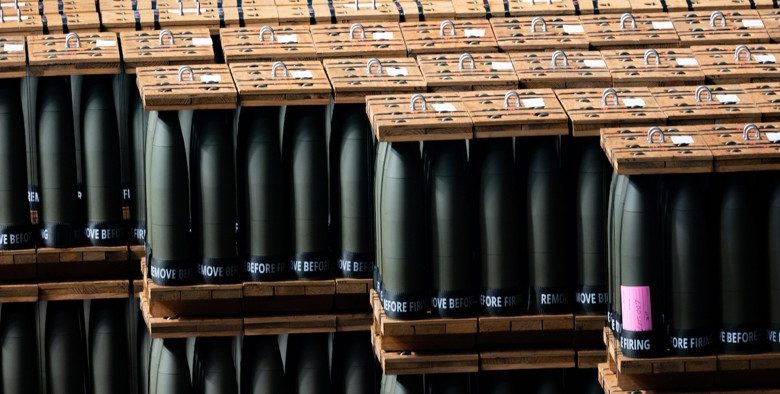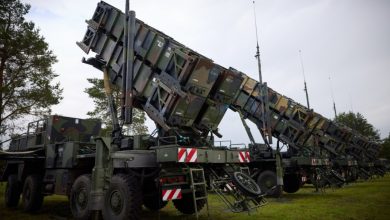US arms exports hit record high in fiscal 2023

The year’s $80.9 billion total for Foreign Military Sales is up more than half from the previous year.
Sales of arms and defense gear by the U.S. government to other governments reached $80.9 billion in fiscal 2023, jumping nearly 56% from the previous year to set a new record, the State Department said.
The three-year rolling average for Foreign Military Sales exports rose to $55.9 billion for fiscal years 2021 to 2023, up 21.9% from last year’s mark.
Notable examples of government-to-government FMS sales notified to Congress in fiscal 2023 include deals with Poland, Germany, Australia, Canada, and others.
The total includes $62.25 billion in arms sales funded by U.S. ally and partner nations, $3.97 billion through the Title 22 Foreign Military Financing program, and $14.68 billion funded through other Department of State and Department of Defense programs, including the Ukraine Security Assistance Initiative, for which some $12 billion was allocated.
Mira Resnick, who oversees the State Department office that manages foreign military sales, told Defense One earlier this month the department has “been working on prioritizing FMS customers that mesh with the national defense strategy and the national security strategy,” and has been “taking lessons learned from Ukraine and applying [them] globally.”
The amount of arms sold by U.S. weapons manufacturers directly to foreign customers was also up, but just by 2.5%, rising to $157.5 billion. The three-year rolling average for these direct commercial sales authorizations was $124.9 billion for fiscal 2021-23, 16.5% up from the previous year.
Examples of major DCS authorizations that Congress was notified of in fiscal 2023 include agreements with Italy, India, Saudi Arabia, Singapore, South Korea, Norway, and Ukraine.
While lawmakers and others have decried the slow pace of deliveries to Taiwan, Resnick noted the congressional notification of sales is just “the beginning for the process… when negotiations begin between the U.S. government, and Taiwan, where we are negotiating on behalf of U.S. industry, and then we put in the contract after that, to make sure that Taiwan can get what it needs. But that contracting takes a very long time.”





